Not sure what’s going on in your household but WOW! We are noticing a lot of kiddos are getting sick right now! And sick kids means staying at home and likely battling the “I’m bored” statement. One solution the speech therapists at Emerge have?
Books!
Books are not only entertaining, but they can also support your child’s literacy and speech/language skills. We asked our speech therapists what some of their favorite books to use in therapy are and they delivered! Click below to see some of our favorite books along with recommendations for ways to target speech and language skills while reading.
- “Five Little Monkeys”
- “Curious George”
- “Miss Nelson is Missing”
- “Pancakes for Breakfast”
- “Tuesday”
- “Max and Ruby”
- “Stop that Pickle”
- “The Mitten”
- “Who Sank the Boat”
- “The Gruffalo”
- “Rosie's Walk”
- “Too Many Tamales”
- “Wilma Jean the Worry Machine”
- “Llama Llama Red Pajama”
- “Big Nate and Friends”
- “Not Another Tea Party”
- “Not A Box”
These books do a great job supporting early literacy skills because of their predictable and repetitive text. While reading this book with your child, you can practice sequencing, describing actions (can target verb tense), pronouns, counting, and rhyming (an early skill important for phonological awareness).
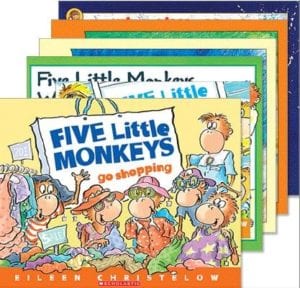
This collection of books chronicles the many adventures of Curious George. Because each book has a clear storyline, it is great for practicing “story grammar” (setting, theme, plot). It can also be used to target story retell and inferencing.
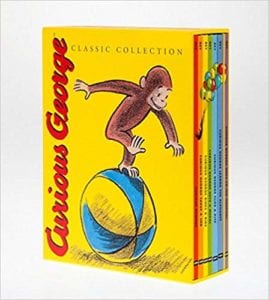
This classic is about a poorly behaved classroom of students whose teacher does not come to school one day. Their substitute for the day is the polar opposite of their teacher and is determined to straighten them out. With this book, you can practice inferencing and compare/contrast concepts.
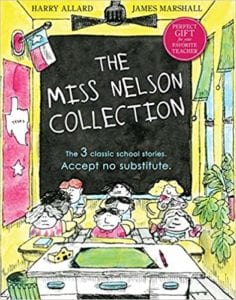
This wordless picture book is about a woman who wakes up determined to satisfy her craving for pancakes. It provides a great opportunity to practice the following concepts: describing actions (can target verb tense), answering “where” questions, pronouns, and inferencing.
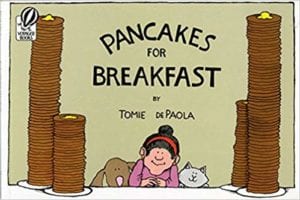
“Tuesday” by: David Weisner
This is another silly, wordless picture book about flying frogs. It is great for practicing the following concepts: describing actions (can target verb tense), story retell, and inferencing.
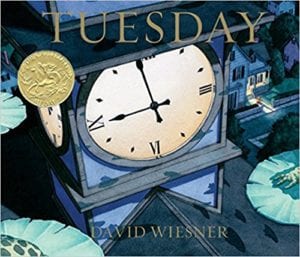
These books cover a variety of topics that can help support early-developing vocabulary. Additionally, these books can be used for describing actions (can target verb tense), inferencing, identification of emotions, sequencing, and pronouns.
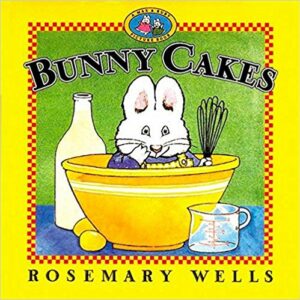
This book is about a run-away pickle and the different food items that step in to stop it. It can be used to practice early-developing vocabulary, inferencing, and sequencing.
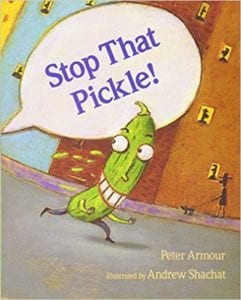
This classic is about all of the winter animals who try to fit inside of a lost mitton. It provides a great opportunity to practice the following concepts: describing actions (can target verb tense), sequencing, and inferencing.
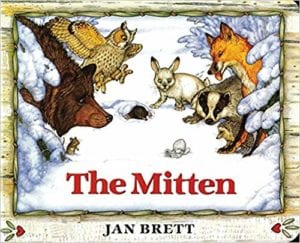
“Who Sank the Boat” by: Pamela Allen
This is yet another book that contains early-developing vocabulary and can be used for describing actions (can target verb tense), sequencing, and inferencing.
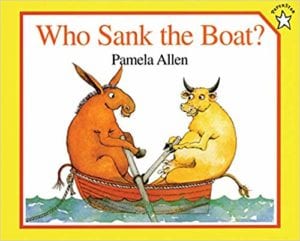
“The Gruffalo” by: Julia Donaldson
This book tells the story of a mouse who runs into a variety of dangerous animals while walking through the woods. While reading this book, you can target the following concepts: rhyming (an early skill important for phonological awareness), sequencing, inferencing, and describing actions.
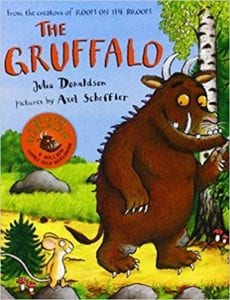
This book is about a chicken who leads a preying fox into several tricky situations. This book can be used to support understanding of location concepts, inferencing, and sequencing.
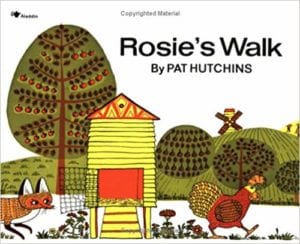
This is a great book for practicing “story grammar” (setting, theme, plot). It can also be used to target story retell and inferencing.
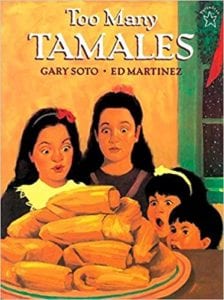
“Wilma Jean the Worry Machine” by: Julia Cook
This book provides a great visual representation of “worry” — an emotion that many kids struggle with and that can be hard to explain.
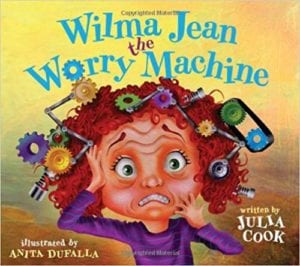
This is another book that can be great when discussing/teaching feelings (worry, fear, anger) with your child. It can also be used to practice articulation of the sound /l/, which is a tricky sound for many kids.
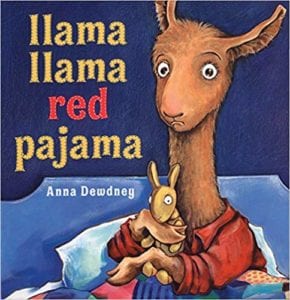
This is a graphic novel that will grab the attention of older children without the text being too complicated for struggling readers. It’s a great book for working on “Social Thinking” in general — inferencing using both context clues and non-verbal information, understanding social communication breakdowns, sarcasm, etc.
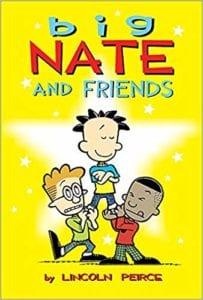
This is another book that is great if you are trying to target “Social Thinking” for children who need support on being flexible in play. It can also be used for inferencing.
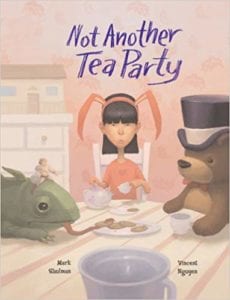
This book contains simple, silly illustrations with very little text. It’s great for getting new or non-readers involved in a story. This can be used to introduce imaginative play and to practice inferencing/using context clues.
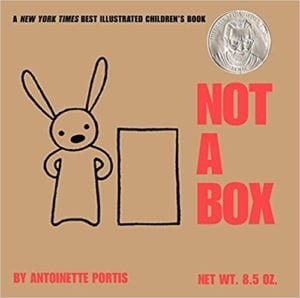
Have you read any of these books? Did we miss one of your child’s favorites? Leave us a comment below and tell us about it!

0 Comments